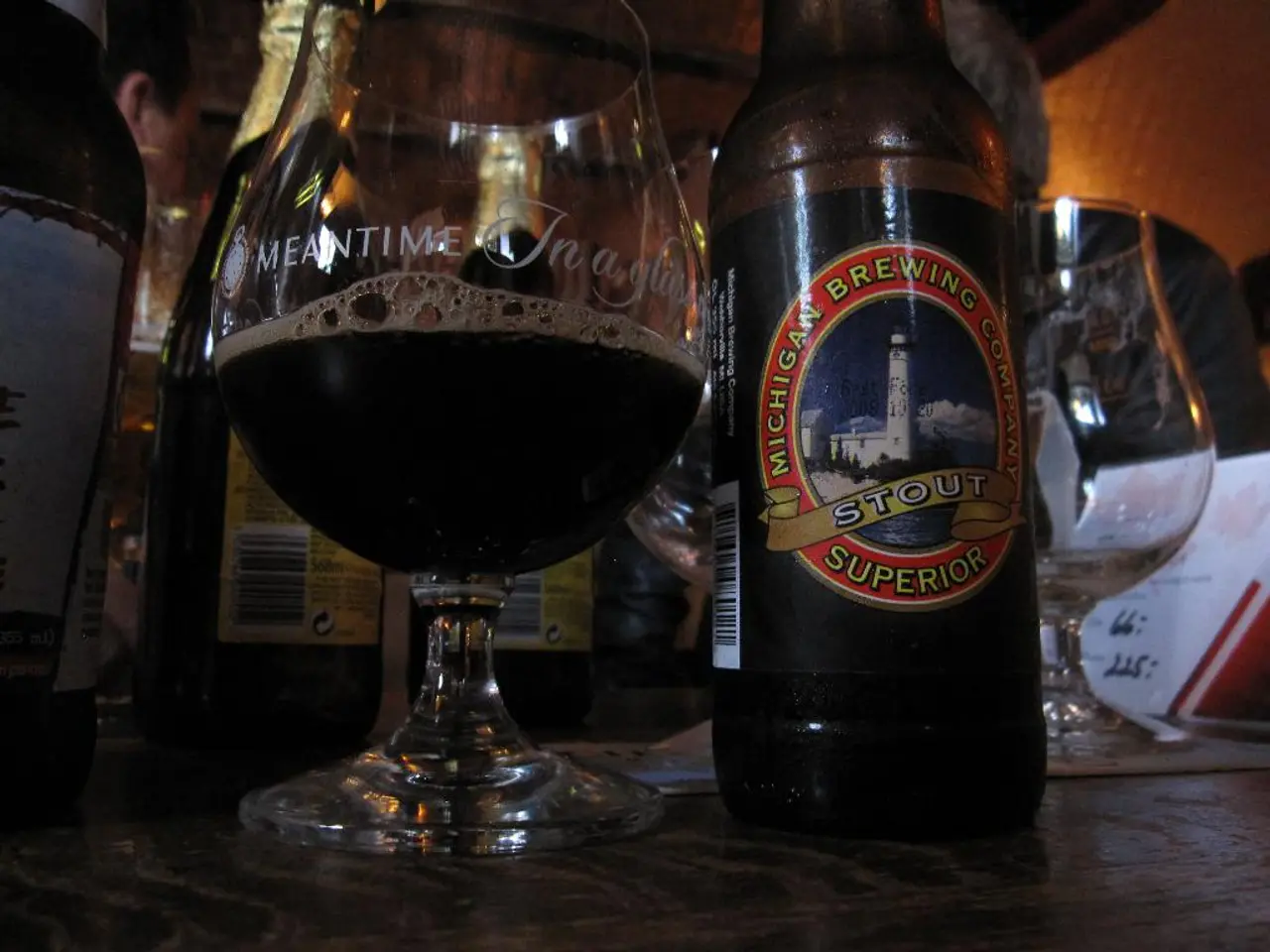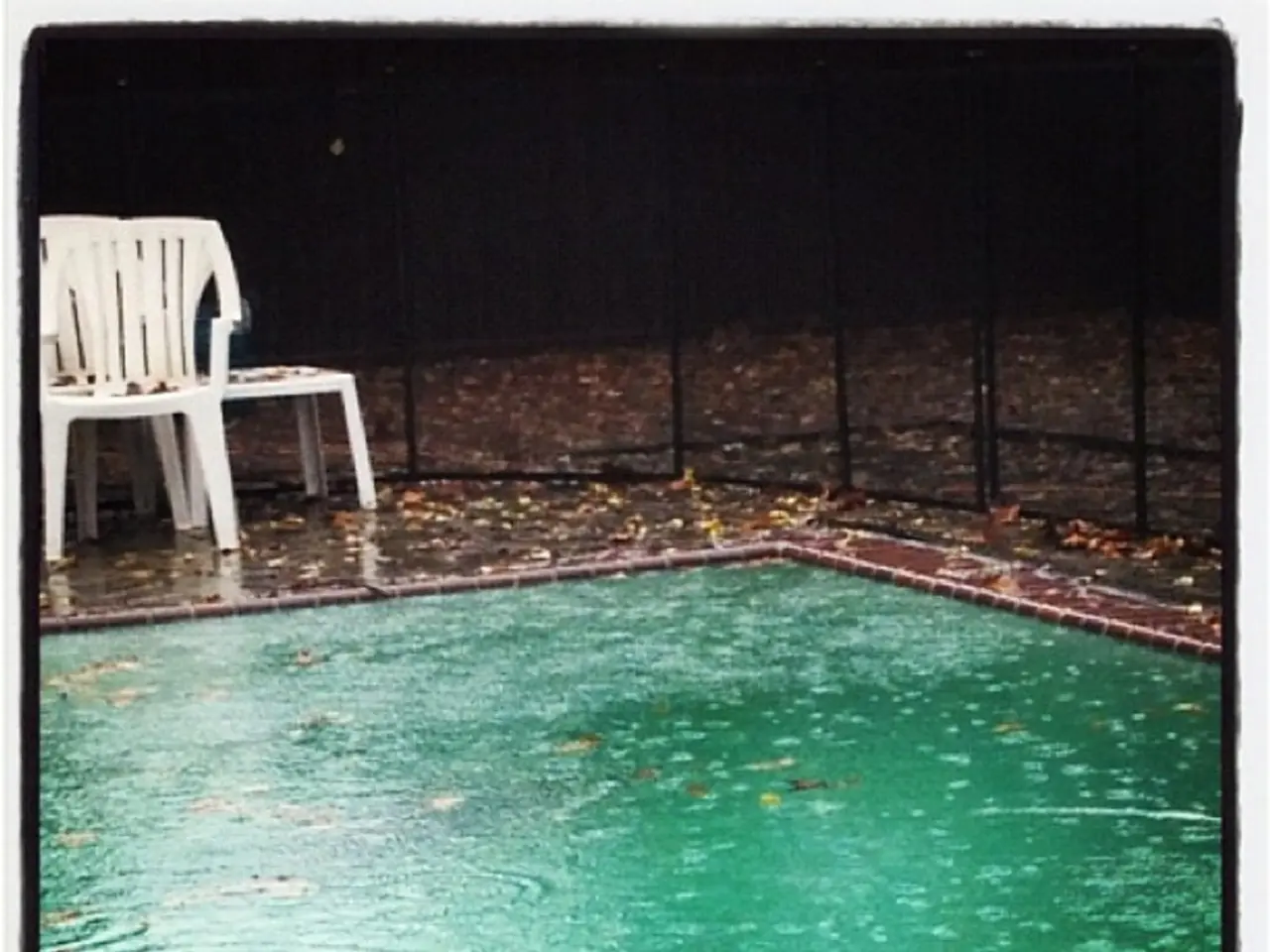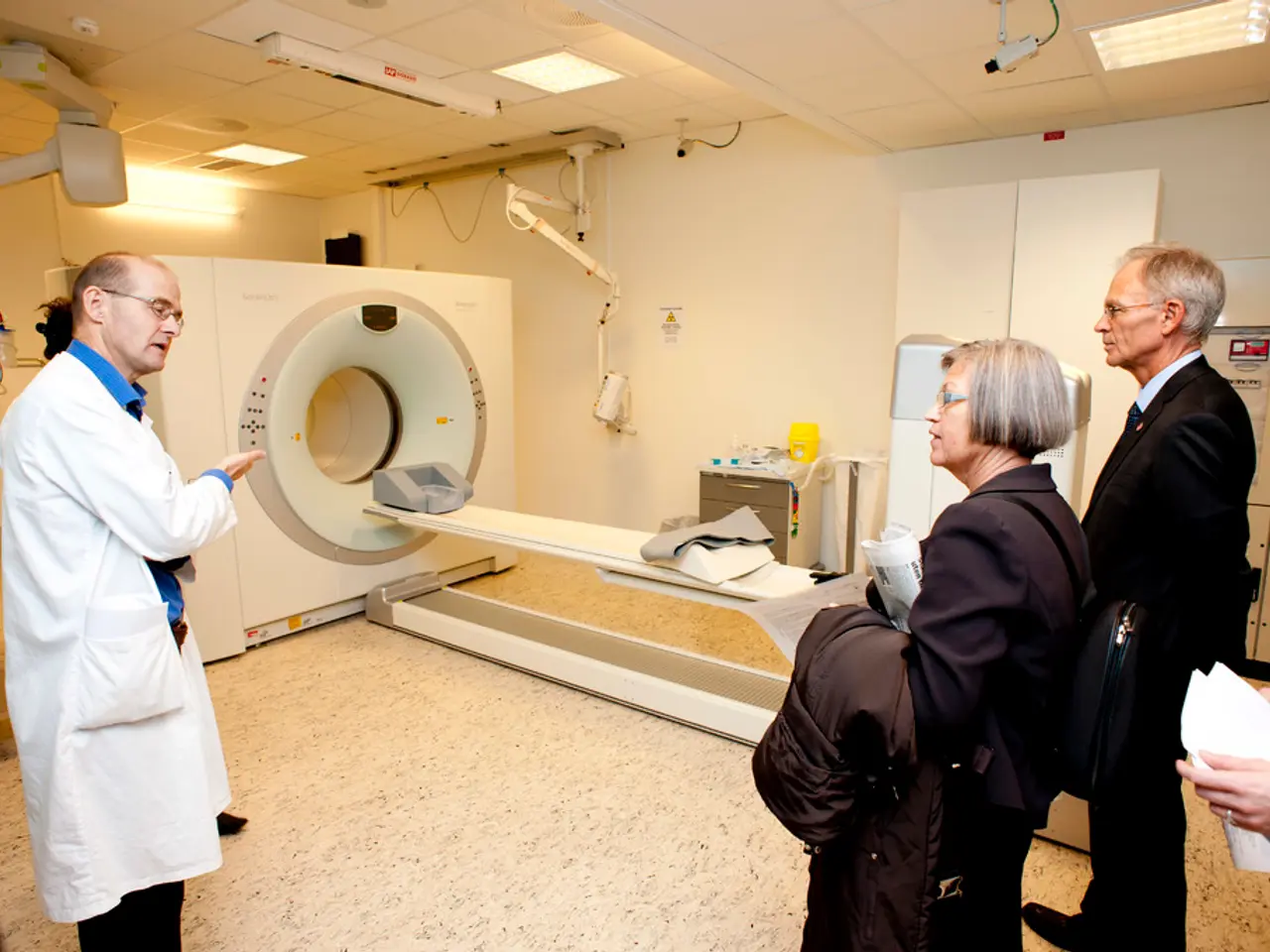Enhancing Memory Capabilities: A Look at Methods to Boost Yours and Debunking the Myth of Perfect Memories
The human brain, a marvel of nature, is capable of storing and recalling an immense amount of information. But what exactly are the mechanisms behind this intricate system? Let's delve into the world of memory, exploring its various types, mechanisms, and fascinating feats demonstrated by memory athletes.
Human memory is primarily divided into three main categories: sensory memory, short-term memory (STM), and long-term memory (LTM).
Sensory memory, lasting for a fraction of a second, acts as the very brief storage of sensory information from the environment, such as sights and sounds. It has a large capacity but a very short duration.
STM, or working memory, holds information temporarily for immediate use. Its capacity is limited, often about seven items, and information typically lasts seconds to a minute unless rehearsed. STM is an active processing form of short-term memory, allowing manipulation of stored information.
LTM, the storage of information over a long period, potentially lifelong, has a seemingly unlimited capacity. It is further divided into explicit (declarative) memory, which involves conscious recall of facts and events, and implicit (procedural) memory, which encompasses unconscious memory of skills and actions.
Body memory, a form of implicit memory, involves memories stored through bodily experiences, including learned motor actions, emergency responses, and emotional reactions expressed physically.
The process of memory begins with encoding, transforming incoming information into a form the brain can store. This can be achieved through visual, acoustic, or semantic codes. Storage maintains information over time, and retrieval involves accessing stored information when needed.
Recent neuroscientific findings highlight the importance of segmentation and organization in memory formation. The brain doesn't just record information but actively structures and marks the beginning and end of memory “events,” creating coherent, organized memories rather than fragmented pieces.
Memory athletes, such as Rajveer Meena, demonstrate extraordinary feats of memory through the use of mnemonic techniques and practice. They often convert material into amusing or ridiculous images to aid memory. However, eidetic memory, a concept related to photographic memory, does not provide any significant advantage in memory performance when tested.
Memory is not like a video recording; it's more of an active reconstruction of what happened. The method of loci, or memory palace technique, involves placing to-be-remembered material along a highly familiar route to aid memory.
In essence, human memory is a complex system involving multiple types—sensory, short-term, long-term (explicit and implicit)—and dynamic neural mechanisms that encode, store, organize, and retrieve information to support cognition and behaviour.
Space research in the field of memory science sheds light on the potential impact of zero gravity environments on human memory. The effects on memory mechanisms, especially long-term memory, could offer insights into improving mental health and overall health-and-wellness for astronauts during space missions.
Recent studies show that mental health considerations are increasingly becoming part of space research. The exploration of memory mechanisms in space could contribute to the understanding of mental health issues and provide advancements in mental health-and-wellness care.
By delving deeper into the link between memory and space, we can uncover new approaches to enhancing our memory abilities, ultimately improving our quality of life on Earth and in the future exploration of space.




